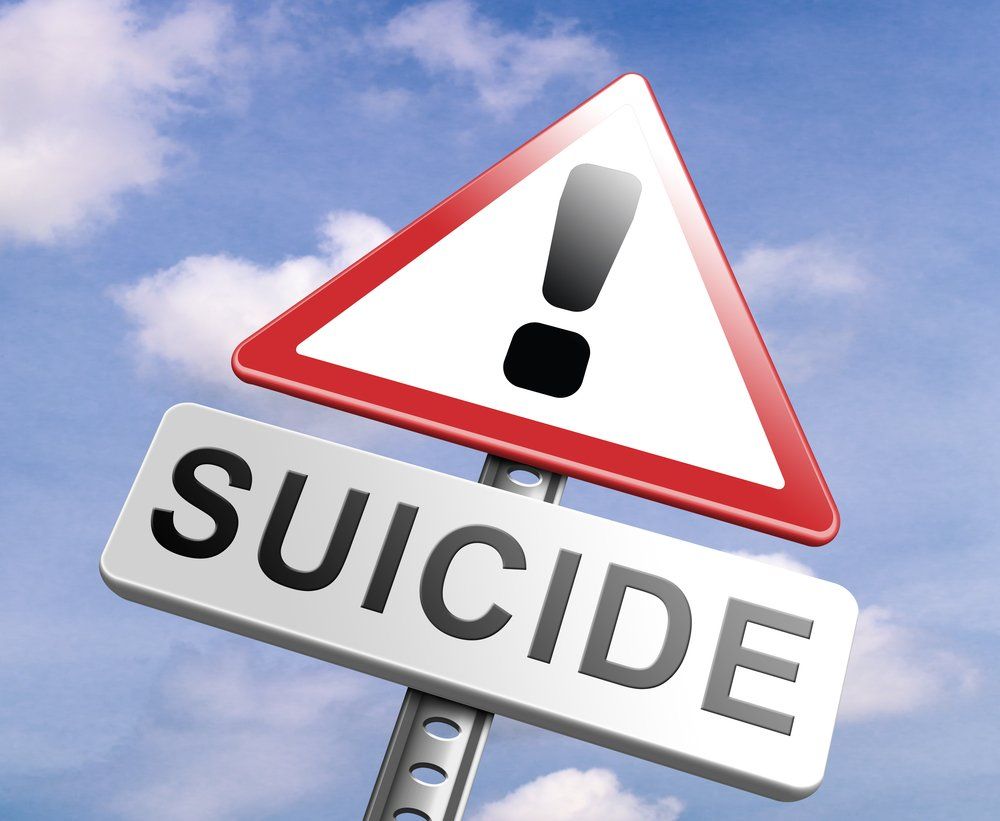Publication
Article
Psychiatric Times
Suicides and Psychiatrists
Author(s):
Like the song New York, New York, if we can succeed in reducing suicide in physicians, we can do it anywhere.
©DirkErken/Shutterstock

COMMENTARYDr Moffic is an editorial board member and regular contributor to Psychiatric Times. Before he retired from clinical work for the underserved population, he was a tenured Professor at the Medical College of Wisconsin.
As I distressingly read about the recent celebrity suicides, as well as the research that suicide rates have been climbing once again over the past couple of decades, I had a sense of déjà vu. We had been here before. I was reminded of Robin Williams, about which a blog for Psychiatric Times drew an unprecedented amount of attention and discussion.1 His, too, was seemingly a surprise, even though he publicly disclosed a history of mental illness and substance abuse.
The usual reminders were trotted:
• The warning signs of suicide
• Patients (and friends) seem to improve or worsen suddenly without sound reason
• Probably half of potentially suicidal patients need good treatment or don’t seek help at all
• Stigma surrounds patients with psychiatric disorders and ultimately, this adversely affects acceptance of mental illness
• Medications (eg, low-dose lithium) are useful and potentially life-saving
• We still need more resources and research
• Guns are dangerous (although these celebrities died by hanging)
For psychiatrists, the suicide of one of our patients is probably the most distressing event in our careers, despite the saying that “You are not a real psychiatrist until you have a patient that commits suicide.” It is intended to mean that a patient’s suicide-as undesired and painful as it is-can be an irreplaceable learning situation that tests our resilience.
Of course, we psychiatrists are not immune to suicide. On the contrary, psychiatrists and other physicians have the highest rates of suicide of any profession.2,3
Paradoxically, we do not fit many of the limitations spelled out for the public:
• We have resources to get the best care (just as celebrities do)
• We have knowledge of what leads to suicide
• We know the implied risk of suddenly feeling better or worse without sound psychological reason
• We are stigmatized, too, but that is offset by the value of our profession
What this suggests is that we should pay attention to reducing suicide in ourselves and among our colleagues. If we find ways to do so, we may learn new innovations for the public. We need to create an atmosphere that enhances self-disclosure to colleagues as well as systems that do not adversely punish the psychiatrist for having a mental illness.
• We need to be ensure that psychiatrists from various backgrounds (eg, transgendered persons) do not get discriminated against in medicine and psychiatry
• We need systems that empower clinical psychiatrists so that our burnout rate diminishes
• We may need to revive the traditional recommendation to receive our own psychotherapy as a learning experience
Like the song New York, New York, if we can succeed in reducing suicide in psychiatrists, perhaps we can do it anywhere. Despite this positive reframing, there should be no other goal than to reduce suicides.
Meanwhile, what gives me hope and even amazes me is that there are not more suicides. Our ability to predict suicide is still in its infancy. Yet, the psychological pain that is the substrate of a suicide seems so much more common than actual suicides. It seemed to me that the vast majority of my own patients-dominated by high-risk patients-might potentially want to commit suicide, but only one “succeeded” early in my residency training. I did have some who only survived serious attempts by apparent chance yet ended up being grateful that they survived.
It may be a testimony to both the human spirit as well as the effectiveness of psychiatric treatment that there is not a much higher rate of suicide. Focusing mainly on the negative will only reinforce the stigma. Both psychiatrists and the public need periodic reminders of how well we are doing.
Editor's note: Have something to say? Please forward your comment with your full name, title, and affiliation to editor@psychiatrictimes.com and we may select your letter to appear at the end of this article with a response from the author. Closing period: 2 weeks from publication date.
This article was originally posted on 6/19/2018 and has since been updated.
References:
References
1. Moffic HS. A psychiatric eulogy for Robin Williams. Psychiatric Times. August 13, 2014. http://www.psychiatrictimes.com/couch-crisis/psychiatric-eulogy-robin-williams. Accessed June 18, 2018.
2. Gold KJ, Sen A, Schwenk TL. Details on suicide among US physicians: data from the National Violent Death Reporting System. Gen Hosp Psychiatry. 2013;35:45-49.
3. Kreimer S. Preventing physician suicide: recognizing symptoms, improving support. American Association for Physician Leadership. June 15, 2018. https://www.physicianleaders.org/news/-preventing-physician-suicide-recognizing-symptoms-improving-support. Accessed June 18, 2018.






